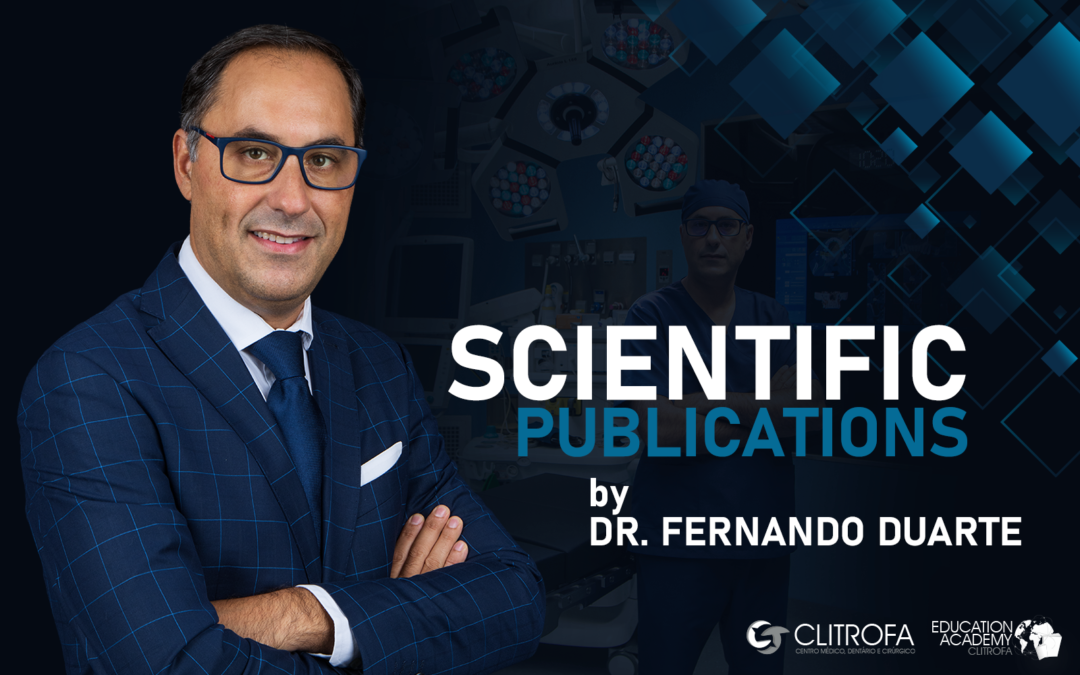Category: Oral Surgery
Autors: Duarte F., Figueiredo R., Ramos C., Esteves H., Salazar F., Martins M., Figueira F.
Reference: Separata Científica do HSO-SA 2005; 1(7):4-8
ISSN: 1645-0965
Abstract: Dental inclusions are not rare events in clinical practice, and have therefore been the target of numerous studies and scientific publications. There is a clinical tendency to consider only impaction of 3rd molars and canines, neglecting other dental pieces such as premolars. The inclusion of these teeth is relatively frequent, especially considering the lower 2nd premolar which, according to some authors, represents 24% of all inclusions (excluding 3rd molars). With regard to the etiology of this anomaly, numerous causes are mentioned in the literature, with particular attention being given to problems of lack of space in the arches and factors related to deciduous molars (mechanical obstacle formation). Regarding the treatment plan, it is indispensable to consider a multidisciplinary approach, involving several areas of Dental Medicine (Oral Surgery, Orthodontics and Prosthodontics). In this article the authors intend to approach this theme by documenting it with a clinical case in which the impacted teeth 3.4 and 3.5 were verified.
Results of surveys carried out during the month of oral health colgate and SPEMD – October 2002
This report briefly summarizes the data collected by a group of dental practitioners (MDGs) from Portugal …
Platelet rich plasma – Laboratory technique
Platelet-rich plasma has been used as a vehicle for growing factors potentially increasing the natural process of regeneration …
Plasma rich in growth factors – Laboratory and surgical approach
Platelet-rich plasma has been used as a vehicle for growing factors potentially increasing the natural process of regeneration and cicatrisation …
Piezosurgery®: An Ultrasound Device for Oral Surgery and Oral Implantology
Piezosurgery® uses modulated ultrasonic vibration to allow controlled cutting of bony structures …
Foreign body in the maxillary sinus: A case report
The Caldwell-Luc operation was first described in the late 19th century as a technique to remove infection and diseased mucosa…
The long styloid process syndrome or Eagle’s syndrome: an overview
Eagle syndrome is a rare entity, defined as an ossification of the styloid process, which is not commonly…
Supernumerary Teeth
Supernumerary teeth (or hyperdontia), though relatively rare, may be the cause of several dental and oclusal disturbs, mainly in the permanent dentition…
Neonatal and natal teeth review of the literature on a clinical case
The study of natal and neonatal teeth has generated much interest through the years.
Newborn and Neonatal Teeth
The study of natal and neonatal teeth has generated much interest through the years.

